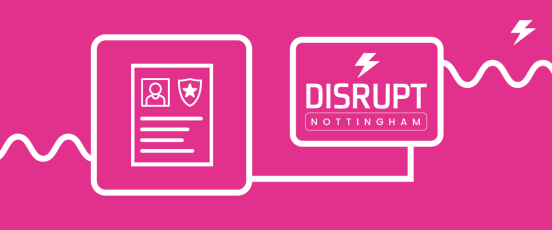How to Manage a Mobile Workforce

What makes a workforce mobile, and how can you use one to the best effect in your organisation? This blog has you covered.
Defining the Mobile Workforce
In the past, employees were usually confined to one central physical location. Office blocks were the only game in town, and people were pretty much chained to their desks within those offices.
Now things are different. Technology has advanced to the point that many jobs can be performed from just about anywhere in the world. Portability is the new normal, with accessible, affordable devices being everywhere. More and more employees are working from home, and more companies are pivoting towards remote or hybrid employment models.
A mobile workforce is a selection of employees who have no fixed workplace. This can cover everyone who works for a company, or a select group within the organisation. For example, if you have one team that must remain on site, and another that doesn’t, you still have a mobile workforce to consider.
Note that mobile employees aren’t just people who work from home. Supply chain workers often work in different locations or might be frequently on the road. These employees also need to be considered in any mobile workforce management plan.
How to Manage a Mobile Workforce?
There are a lot of benefits that come from having a mobile workforce. One of the biggest is that it can help keep your costs down. Think about it, if you don’t have an office, you obviously save on rent, but you also save on things like office stationery, cleaning fees and heating bills!
Mobile workforces also tend to have an easier time finding new hires. Employees have different priorities these days, and they revolve around maximising their personal time. The opportunity to be part of a mobile workforce cuts down on things like commuting, which is incredibly appealing for most people! Plus, you simply have access to a wider recruiting pool if you go mobile. In addition to breaking down geographic barriers, mobile working tends to be favoured by people with disabilities, caregivers and parents, so it helps bring in more diverse groups too.
This can lead to higher rates of employee engagement and productivity. It also opens up things like 24/7 customer service if you go further afield to consider other time zones.
But to get the most out of a workforce like this, you need to have a mobile workforce management strategy.
Mobile Workforce Management Technology
Mobile workforce management technology centralises all your workforce management needs into one accessible platform without needing a physical office or base to work from. There are a number of options to choose from but there are some key features that you should look for. These include:
- Invoicing
- Remote clocking in and out
- Job creation
- Recording assets
- Customisable workflows
Throughout all these processes, access to consistent, real-time data is of vital importance. This will remove the risk of contradictions or errors springing up in different segments.
All of the above with enhance communication and collaboration across departments. Instant updates and notifications can be sent, helping them share important documents and resolve emergencies promptly.
With the right tools in place, all of these processes will become a regular part of your day-to-day without adding to your admin burden.
Optimising your Mobile Workforce with MHR
If you’re looking for a system that can support your growing mobile workforce, MHR offers the solutions you need, People First. People First can help you manage some of the most diverse workforce imaginable, with any combination of employment styles. Automate dull manual tasks like time and attendance, unlock analytical insights that will result in measurable improvements and flag up any issues before they get too big to handle with our solutions.
Learn more about our workforce management software, or our People First platform.



